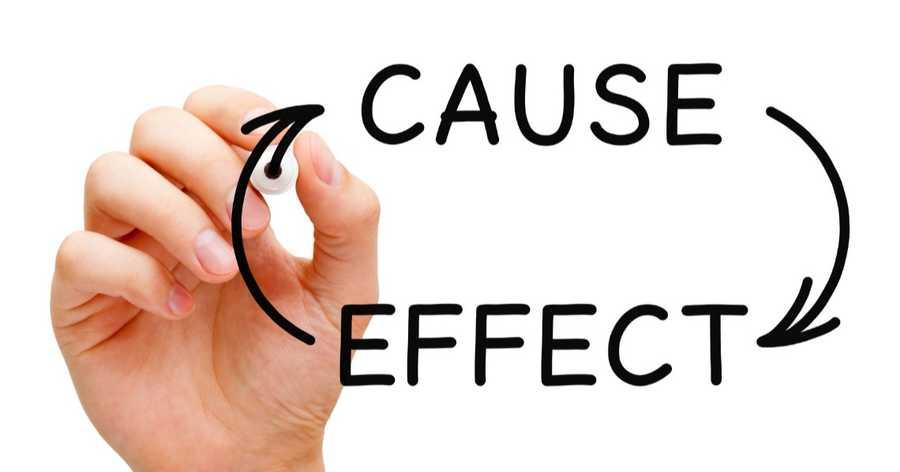The Law Of Effect
Developed by psychologist Edward Thorndike, the law of effect states that any behaviour that is positive or leads to satisfaction in a specific situation is likely to be repeated when that same situation arises again. Behaviours that lead to unease or discomfort tends to not be repeated.
Example: If we practice for a public talk and give an outstanding performance, leading to huge applause and subsequent praise, we are more likely to practice for our next performance.
168
1.32K reads
CURATED FROM
IDEAS CURATED BY
The idea is part of this collection:
Learn more about personaldevelopment with this collection
How to build positive relationships with colleagues and superiors
How to navigate office politics without compromising your values
How to handle conflicts and difficult situations in the workplace
Related collections
Similar ideas to The Law Of Effect
Origins Of The Law Of Effect
In the Law Of Effect experiments, Edward Thorndike used a cat that was kept in a puzzle box with a lever, and could only go out by pressing the lever.
This and other behavioural studies on animals led the psychologist to publish the law of effect in his 1911 book Animal Intelligence.
The origin of the halo effect
Psychologist Edward Thorndike first wrote about the halo effect in his 1920 paper "A Constant Error in Psychological Ratings". He notes that people tend to think of a person in general as relatively good or rather inferior and to judge the qualities of a person by this g...
Positive And Negative Effect
- The Law of Effect has two parts, and records contrasting behaviours. If the effect is positive and leads to satisfaction, it forms a connection in the mind and will be repeated.
- The actions that lead to negative effects or consequences, or which lead to discomfort for the doer, are...
Read & Learn
20x Faster
without
deepstash
with
deepstash
with
deepstash
Personalized microlearning
—
100+ Learning Journeys
—
Access to 200,000+ ideas
—
Access to the mobile app
—
Unlimited idea saving
—
—
Unlimited history
—
—
Unlimited listening to ideas
—
—
Downloading & offline access
—
—
Supercharge your mind with one idea per day
Enter your email and spend 1 minute every day to learn something new.
I agree to receive email updates
